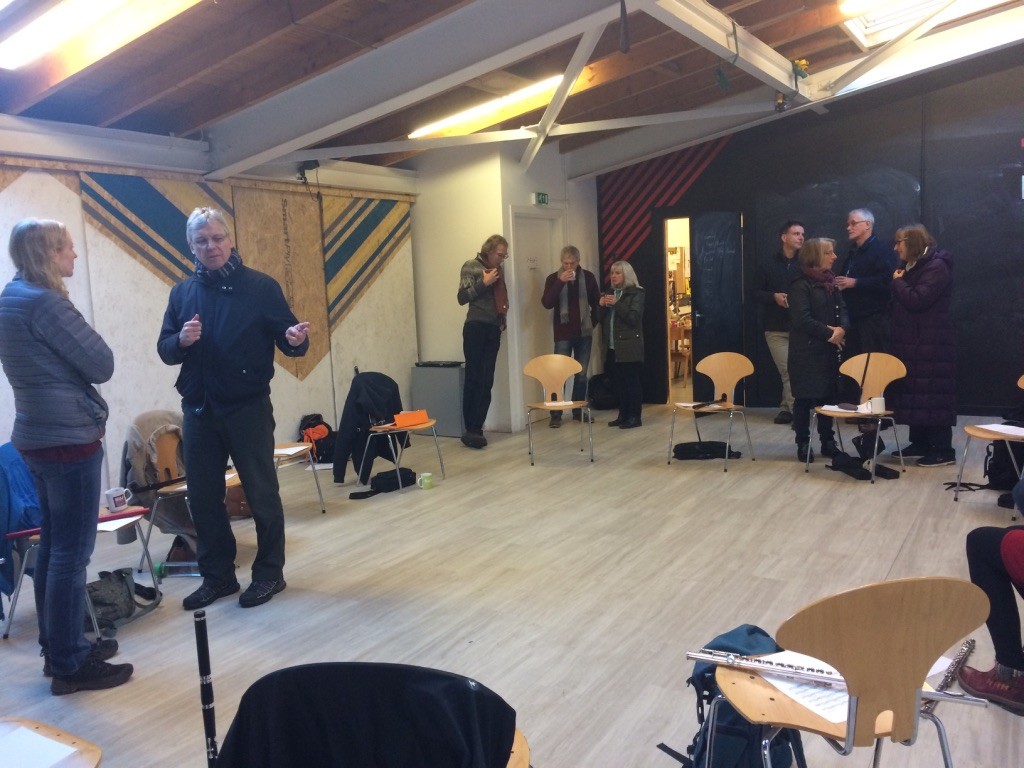FluteFling NE Tunebook Project: 05 Marnie Swanson of the Grey Coast/ Looking at a Rainbow Through a Dirty Window
This fifth video of the NE Scotland Session Tunes Project features tunes by contemporary composers — Andy Thorburn and Calum Stewart respectively.
For background to the project of 10 sets of tunes being recorded over 10 weeks, and to see the first video, start here. Alternatively, go straight to the videos on my Youtube channel.
You can download the free PDF of the sheet music here:
FluteFling Aberdeen 2019 NE Scotland Tunes
3/4 Set
This fifth video in the project features two tunes from the FluteFling NE Tunebook of Scottish session tunes for flute and whistle. I play these on my Astor flute in D.
This pair of tunes in 3/4 time are both recent compositions by contemporary musicians. Modern compositions are regularly played in sessions and these tunes particularly suit the flute and whistle.
While I have been able to get permission from Calum Stewart to use his tune, I haven’t been able to contact Andy Thorburn to date and have taken the decision to omit playing it in the video.
About the tunes
Marnie Swanson of the Grey Coast by Andy Thorburn
Andy Thorburn is known as a composer and keyboard player in various performing and recording lineups, such as Blazing Fiddles and he often guests on other people’s projects. A resident of Easter Ross in the Highlands, he was inducted to the Tradmusic Hall of Fame in 2014.
- This tune was written for a fictitious character in a play. The Grey Coast refers to Caithness in northern Scotland. This article on Andy Thorburn features his own performance of Marnie Swanson on keyboard.
- Another original performance of the tune can be found on this webpage.
- And here is Highland fiddler Duncan Chisholm performing it on Twitter.
- A version of the music can be found on The Session.org.
In this video, Glasgow-based musician and singer Sarah Markey plays the tune on the flute.
Looking at a Rainbow Through a Dirty Window By Calum Stewart
My thanks to Calum for giving permission to include this tune. He’s one of the top flute players of Scottish repertoire and has written many other fine tunes that have entered Scottish session repertoire. He also plays uilleann pipes and low whistle and his website and recordings are recommended. The tune originally appeared on his debut album and at the time of writing, he plans to re-record this tune for a new album.
You can find out more about Calum from his website.
Here is a video of Calum performing the tune on a low whistle:
- The tune was originally written in A, but is commonly played in G, which is how I play it and how Calum plans to play it in his new recording.
- Calum’s original music for it can be found here (PDF):
- A version of the music can be found on The Session.org
Points to be aware of when learning these tunes:
- Take your time. In a session or performance environment, slow it down because you are probably playing faster than you think you are.
- Marnie Swanson is not a conventional waltz in my experience — it ebbs and flows, pauses and continues. In sessions I have heard people play it like a straight waltz and I think it loses some of its grace, strength and wistfulness in the process.
- Looking at a Rainbow has a stronger rhythm and makes a good contrast as a second tune. It is still a slow tune though, so don’t be tempted to run away with it. Look out for the linking phrases between the parts, which are important in keeping it flowing.
- Both tunes have opportunities to use flattement – a kind of ghost trill – to decorate certain notes. It’s used by pipers and Baroque flute players alike and often varies from instrument to instrument. Both Sarah Markey and Calum Stewart use it in their videos.
Ten weeks of videos
Over a 10 week or so period, I am recording and uploading to YouTube a set of tunes from the PDF roughly once a week. The aim is to introduce the tunes, point out some techniques along the way and then play them as a set as I might play them in a session.
As I go along, I’ll take in suggestions to improve the sound and presentation and get back into the way of teaching again. There is an in-built slow down function in YouTube and the PDF is available to everyone, so why not join me on the journey?


